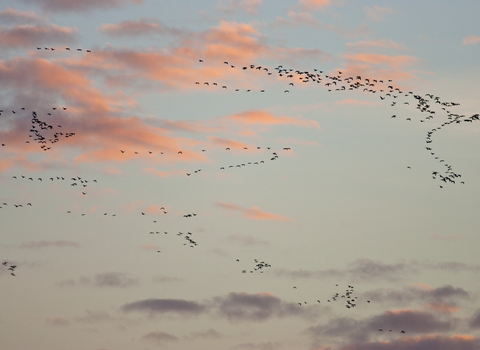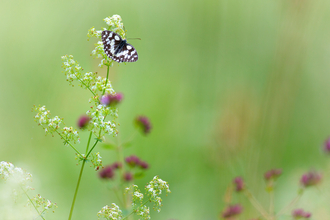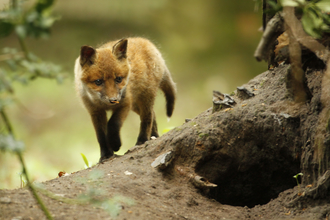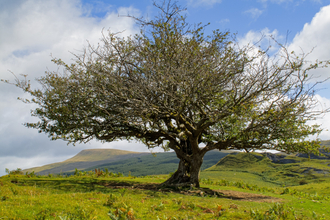Birds might look small and delicate, but each autumn millions of them make incredible journeys across the planet. Many of our birds fly as far as Africa when they’re only a few months old!
Why migrate?
A migration is just a movement from one place to another, which usually happens when the seasons change. Animals migrate to find better places to raise their young, to avoid bad weather or to find food. In the UK, most migration happens in spring and autumn.
Coming and going
Lots of birds migrate to the UK in spring. They nest here, feeding their chicks on insects. They leave again in autumn, before the insects die off or go into a type of hibernation (known as diapause). They fly south, with many going all the way to Africa. Other birds arrive in autumn to spend the winter here. These birds come from further north, where the winters are colder and harder to survive. They fly back north in spring, when it’s time for them to nest.
Mental maps
There are lots of clues birds use to figure out where they’re going. In the daytime they can use landmarks (like coastlines or rivers) as maps, and at night they can use the position of the stars. But their real superpower is being able to detect the earth’s magnetic field – the same way that a compass works to tell which way is North, South, East or West. Birds basically have their own built-in compass!
Record Breakers
Arctic tern
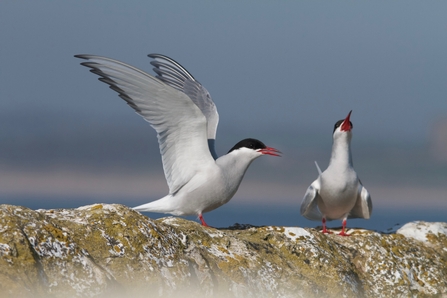
Arctic terns ©Tom Hibbert
These seabirds make the longest migration of any animal on the planet. In summer, they nest in the UK and as far north as the Arctic circle. At the end of summer, they fly south. Some go all the way to Antarctica, before coming back again in spring. An Arctic tern can fly over 90,000 kilometres a year making this journey!
Bar-tailed godwit
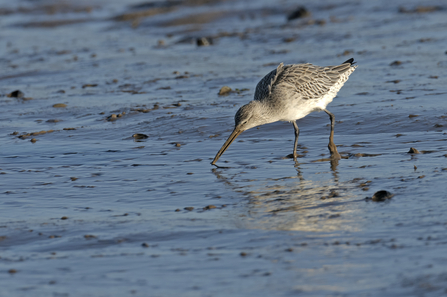
Chris Gomersall/2020 VISION
The record for the longest non-stop flight goes to the bar-tailed godwit. They fly 11,000 kilometres from Alaska to New Zealand without stopping to rest or eat. It takes them up to nine days to make this mega migration. Bar-tailed godwits can be seen here too, but our birds are part of a different population and don’t fly as far.
Goldcrest
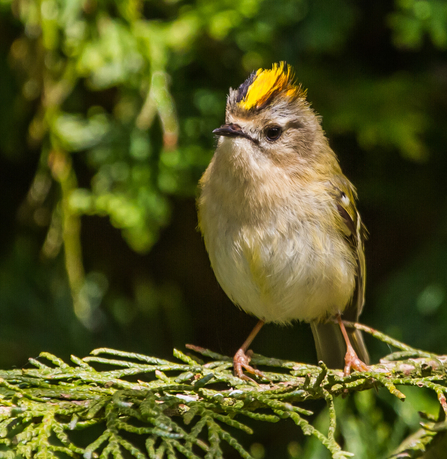
Andy Morffew
Europe’s smallest bird is a migrant, too. Each autumn, goldcrests from Scandinavia fly across the North Sea to the UK to join our resident goldcrests (who live here all year round) for the winter. They only weigh about as much as a 20p coin, but fly hundreds of kilometres to reach us. There are migratory hummingbirds in America that are even smaller!

